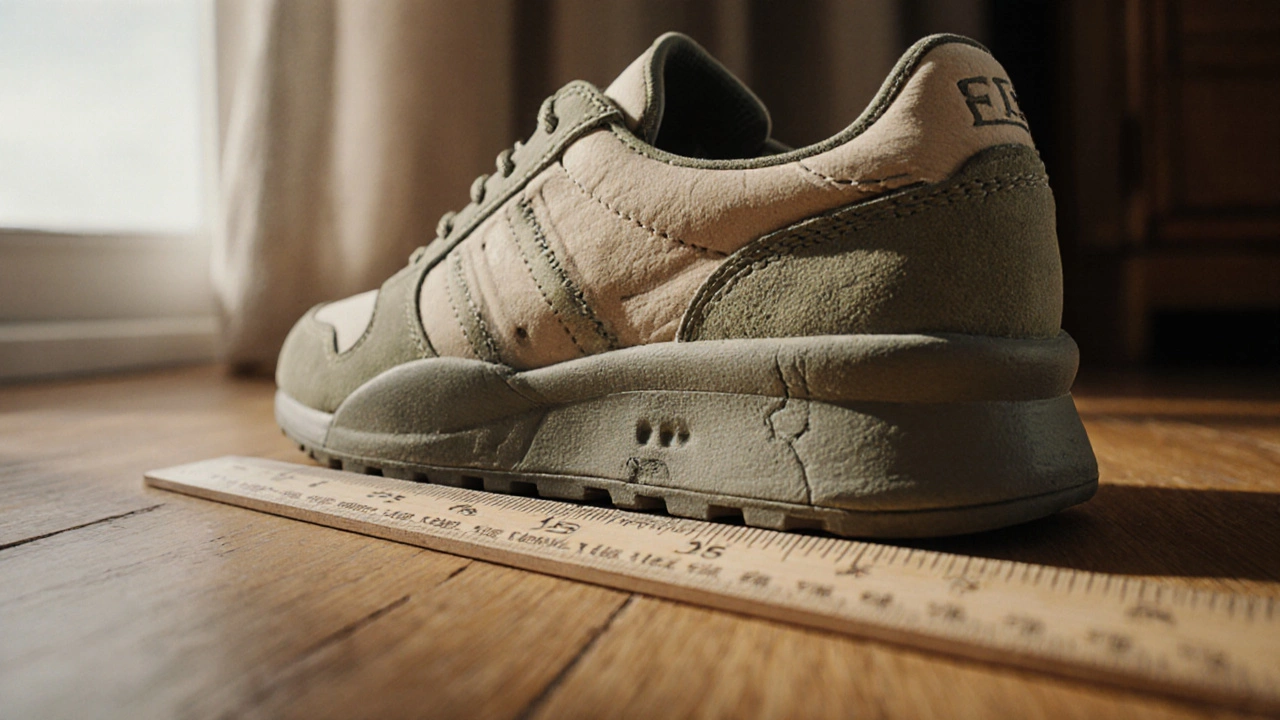Signs Shoes Are Worn Out – When to Replace Your Footwear
When figuring out signs shoes are worn out, the tell‑tale clues that a pair has lost its support and safety. Also called shoe wear indicators, these clues help you avoid injuries and costly replacements. Two other key things to watch are shoe sole wear, the thinning or cracking of the bottom that reduces traction and upper material damage, tears or stretched fabric that let moisture in. Finally, foot discomfort, persistent aches that signal lost cushioning often means it’s time to toss the old shoes.
One simple rule is that worn out shoes encompass three main problems: sole degradation, loss of structural support, and increased friction on the foot. Spotting sole degradation usually means looking for uneven tread, exposed foam, or a squeaky feel on hard floors. When the structure of the shoe’s upper starts to break down, you’ll notice the eyelets stretching or the stitching coming apart, which compromises the fit. Increased friction shows up as blisters or hot spots after short walks, indicating the cushioning has thinned.
Identifying these issues requires a quick visual and tactile check every few months. Pull the shoe apart and run your fingers along the sole; if you feel the foam compressing too easily or see visible cracks, the shoe’s lifespan is ending. Flip the shoe over and press the toe box; any soft spots or broken seams signal that the upper can’t protect your feet from dirt and moisture. This hands‑on method saves you from relying on vague “it looks fine” judgments.
Foot health professionals influence how many of us decide to replace shoes. A podiatrist will often point out that worn out footwear can lead to plantar fasciitis, knee pain, or even lower back strain. When you pair that advice with the visual cues, you get a clear picture of when to retire a pair. In fact, many experts say you should replace running shoes every 300‑500 miles because the midsole loses its shock‑absorbing ability long before the outer sole looks worn.
Beyond the obvious wear, consider the environment where you use the shoes. Hiking boots, for example, face harsher conditions—rocky trails, mud, and water—so signs of wear appear faster. Look for stripped laces, delaminated soles, or water‑logged padding. In contrast, office shoes may last longer, but the constant pressure from hard floors can still cause sole compression. Matching the wear patterns to the shoe’s intended use helps you decide whether a repair is possible or a replacement is smarter.Many people wonder if they can simply “re‑sole” a worn pair. While resoling can revive a shoe’s tread, it won’t fix a broken upper or a collapsed midsole. If the sole wear is the only issue, a professional resoling can extend life by 1‑2 years. However, when you see any of the upper material damage or foot discomfort signs, it’s usually more cost‑effective to buy a fresh pair that offers full support.
Another practical tip: keep a shoe diary. Jot down the date you bought each pair, the mileage you’ve logged, and any pain you felt while wearing them. Over time you’ll notice patterns—like a particular brand’s midsole wearing out faster—so you can make smarter buying choices. This simple habit turns subjective feelings into data you can trust.
Finally, remember that the goal isn’t just to avoid looking shabby; it’s to protect your feet and keep you moving comfortably. By learning the signs shoes are worn out, you’ll prevent injuries, save money, and stay stylish without the guesswork. Below you’ll find a hand‑picked selection of articles that dive deeper into each wear indicator, give you step‑by‑step inspection guides, and explain how to choose the right replacement for any activity.

